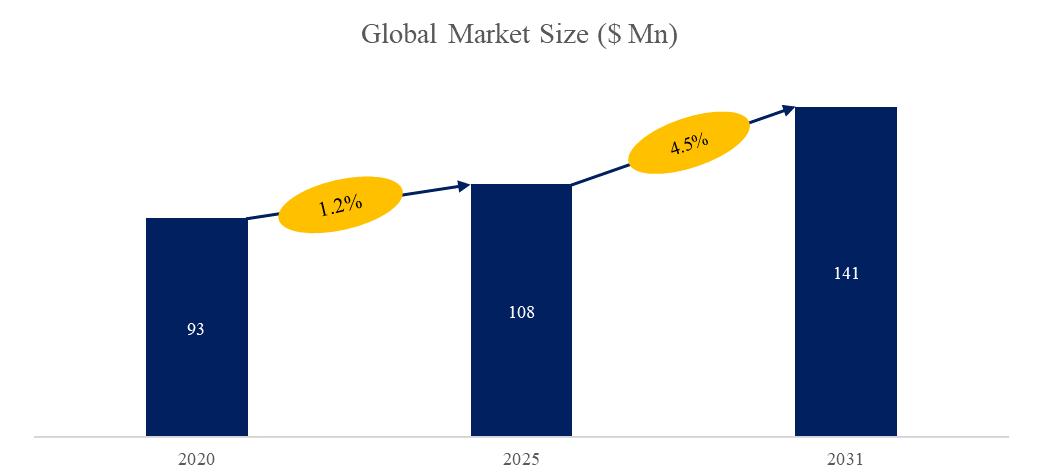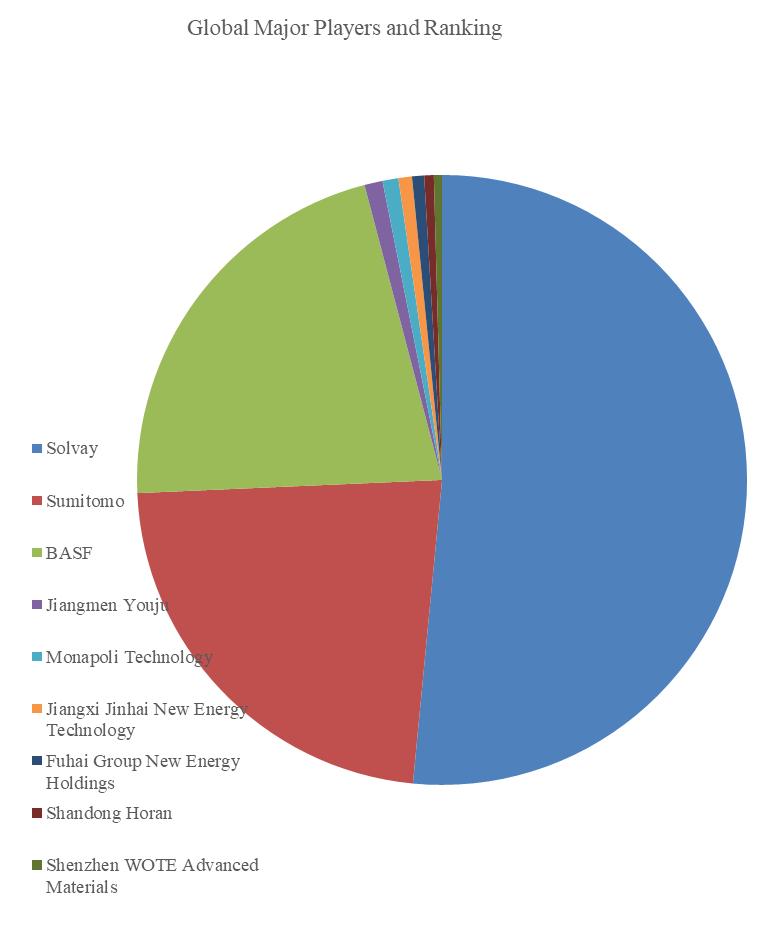Global PES Membrane Industry Report: 6-8% Growth in Hemodialysis Demand Spurs Market Opportunities
Published Date: Thursday,19 Jun,2025





Polysulfone resin is primarily used to produce ultrafiltration and reverse osmosis membranes. As an important type of water treatment membrane, polysulfone membranes exhibit inherent hydrophobicity, making them prone to organic fouling (e.g., by proteins) during separation processes, which compromises permeability and service life. Various modification methods have been developed to enhance performance, including surface coating, grafting polymerization, and interfacial polymerization. In contrast, polyethersulfone (PES) membranes demonstrate superior hydrophilicity, flux performance, chemical stability, inertness, alkaline pH tolerance, and high pharmaceutical compatibility.
?
Polyethersulfone (PES), as a high-performance engineering plastic, has emerged as a core material in advanced separation membranes due to its exceptional thermal resistance (glass transition temperature ~225°C), chemical stability (resistance to acids, alkalis, and organic solvents), and mechanical strength. In reverse osmosis (RO) applications, PES serves as a porous support layer formed via phase inversion, providing mechanical support for polyamide active layers while offering significantly better chlorine resistance than conventional polysulfone (PSU), thereby extending RO membrane lifespan in desalination systems. For ultrafiltration (UF) and microfiltration (MF), PES membranes with tunable pore sizes (UF: 1-100nm; MF: 0.1-10μm) and hydrophilic modification potential are widely adopted in biopharmaceuticals (vaccine purification, protein separation), food & beverage (dairy sterilization, juice clarification), and semiconductor ultrapure water production - their low protein adsorption markedly reduces fouling risks. Sulfonated or amphiphilic copolymer-modified PES enables precise rejection of divalent ions (Ca2?, Mg2?) and dye molecules in nanofiltration (NF), proving particularly effective for industrial wastewater zero-liquid-discharge and resource recovery.
?
In biomedical applications, PES's outstanding biocompatibility (ISO 10993 certified) makes it the material of choice for hemodialysis membranes, extracorporeal membrane oxygenation (ECMO), and tissue engineering scaffolds. For instance, hollow-fiber PES dialysis membranes with optimized pore sizes (3-5nm) selectively remove uremic toxins (e.g., β2-microglobulin) while retaining albumin; heparin-grafted PES surfaces further inhibit thrombosis and enhance hemocompatibility. PES also shows promise in emerging fields like gas separation (CO?/N? selectivity) and fuel cell proton-exchange membranes, though requires nanomaterial blending (e.g., graphene, MOFs) to improve conductivity or selectivity.
?
Despite limitations like higher costs (~1.2-1.5× PSU) and UV instability, PES's comprehensive performance sustains its irreplaceable role in demanding medical and industrial applications. Future advancements will focus on green solvent-based processing (e.g., ionic liquids), antifouling bioinspired coatings (polydopamine modification), and stimuli-responsive smart membranes (temperature/pH-sensitive), expanding its applications in precision medicine and carbon-neutral technologies.
- Global Polyethersulfone for membrane MarketSize(US$ Million), 2020-2031
?
According to the new market research report “Global Polysulfone Resin Market 2025 by Manufacturers, Regions, Type and Application, Forecast to 2031”, published by Global Info Research, the global Polyethersulfone for membrane market size is projected to reach USD 0.14 billion by 2031, at a CAGR of 4.5% during the forecast period.
- Global Polyethersulfone for membrane Top9Players Ranking?and?Market?Share (Ranking is based on the revenue of 2024, continually updated)
?
According to Global Info Research, the global key manufacturers of Polyethersulfone for membrane include Solvay, Sumitomo, etc. In 2024, the global top three players had a share approximately 93.0% in terms of revenue.
The development of polyethersulfone (PES) for membrane applications exhibits dual characteristics of being technology-driven and demand-pulled. From a technological perspective, PES has become a core material for high-end separation membranes due to the exceptional properties endowed by its ether and sulfone groups in the molecular structure (including heat resistance up to 225°C, chemical corrosion resistance, and high mechanical strength). Technological evolution is primarily manifested in three aspects: first, the refinement of membrane-forming processes, where optimization of techniques like non-solvent induced phase separation (NIPS) and vapor-induced phase separation (VIPS) enables precise control of pore size distribution from microfiltration (0.1-10μm) to ultrafiltration (1-100nm); second, the diversification of modification technologies, including surface grafting (e.g., PEG modification for enhanced hydrophilicity), blending modification (e.g., adding nano-TiO? to improve antifouling properties), and chemical crosslinking (to enhance solvent resistance); third, the cross-industry integration of applications, expanding from traditional water treatment to biomedicine and new energy sectors. This technological iteration has significantly improved PES membrane stability under extreme conditions, with performance retention rates exceeding 90% in strong acid/alkali environments or high-temperature steam sterilization - far superior to conventional polymer membranes.
Market drivers stem from the dual resonance of policy and demand factors. On the policy front, increasingly stringent global water resource regulations (e.g., China's "Water Ten Plan" and the EU Industrial Emissions Directive) and upgraded medical standards (e.g., FDA's new biocompatibility requirements for dialysis membranes) are mandating the transition of the separation membrane industry toward high-performance materials. Demand-side growth shows structural characteristics: in water treatment, desalination capacity expansion (particularly in the Middle East and Asia-Pacific) and industrial wastewater "zero discharge" policies are driving RO and NF membrane demand; in biomedicine, global aging is fueling 6-8% annual growth in hemodialysis markets, while the explosive development of mRNA vaccines and other biologics is stimulating UF purification membrane demand; emerging fields like hydrogen fuel cell proton-exchange membranes and lithium battery separator coatings are creating new growth spaces for PES. Although higher material costs limit penetration in some mid-to-low-end applications, PES membranes' irreplaceability in high-end markets (e.g., mandatory ISO 10993 certification in medical fields) and lifecycle cost advantages (30-50% extended replacement cycles) sustain their premium positioning during industrial upgrading. Over the next 3-5 years, with the maturation of green manufacturing processes (e.g., solvent-free membrane formation) and breakthroughs in composite membrane technologies, PES membranes are expected to establish new growth frontiers in cutting-edge fields like carbon capture and organ-on-a-chip applications.
?
The content of the study subjects, includes a total of 15 chapters:
Chapter 1,?to describe Polysulfone Resin product scope, market overview, market estimation caveats and base year.
Chapter 2,?to profile the top manufacturers of Polysulfone Resin, with price, sales, revenue and global market share of Polysulfone Resin from 2020 to 2025.
Chapter 3,?the Polysulfone Resin competitive situation, sales quantity, revenue and global market share of top manufacturers are analyzed emphatically by landscape contrast.
Chapter 4,?the Polysulfone Resin breakdown data are shown at the regional level, to show the sales quantity, consumption value and growth by regions, from 2020 to 2031.
Chapter 5 and 6,?to segment the sales by Type and application, with sales market share and growth rate by type, application, from 2020 to 2031.
Chapter 7, 8, 9, 10 and 11,?to break the sales data at the country level, with sales quantity, consumption value and market share for key countries in the world, from 2020 to 2024.and Polysulfone Resin market forecast, by regions, type and application, with sales and revenue, from 2025 to 2031.
Chapter 12,?market dynamics, drivers, restraints, trends and Porters Five Forces analysis.
Chapter 13,?the key raw materials and key suppliers, and industry chain of Polysulfone Resin.
Chapter 14 and 15,?to describe Polysulfone Resin sales channel, distributors, customers, research findings and conclusion.
?
For more information, please refer to "Global Polysulfone Resin Market 2025 by Manufacturers, Regions, Type and Application, Forecast to 2031". This report analyzes the supply and demand situation, development status, and changes in the industry, focusing on the development status of the industry, how to face the development challenges of the industry, industry development suggestions, industry competitiveness, and industry investment analysis and trend forecasts. The report also summarizes the overall development dynamics of the industry, including the impact of the latest US tariffs on the global supply chain, the supply relationship analysis of the industrial chain, and provides reference suggestions and specific solutions for the industry in terms of products.
Previous News:
Biologics and Vaccines Drive 4.8% CAGR Growth in Pharmaceutical Lyophilization Systems (2020–2031)
Next News:
WIRTGEN, Caterpillar, and Bomag Lead Road Compactor Market with 82% Revenue Share in 2024
The copyright of this article belongs to Global Info Research. Without the written authorization of our company, no organization or individual may reprint, quote, copy, adapt or use it for commercial purposes in any way. When authorized to use, the original source must be indicated as "Global Info Research" and the complete copyright information must be retained.
Popular Product Keywords
- We Provide Professional, Accurate Market Analysis to Help You Stay Ahead of Your Competition.Speak to our analyst >>
Our Clients
What We Can Provide?
With better results and higher quality products,Our professional reports can achieve four things:

Insight into the industry market information

Analyze market development needs

Prospects for future development

Develop industry investment strategy
- Digging deeper into global industry information and providing market strategies.Contact Us >>
Popular Product Keywords
- We Provide Professional, Accurate Market Analysis to Help You Stay Ahead of Your Competition.Speak to our analyst >>
Our Clients
What We Can Provide?
With better results and higher quality products,Our professional reports can achieve four things:

Insight into the industry market information

Analyze market development needs

Prospects for future development

Develop industry investment strategy
- Digging deeper into global industry information and providing market strategies.Contact Us >>